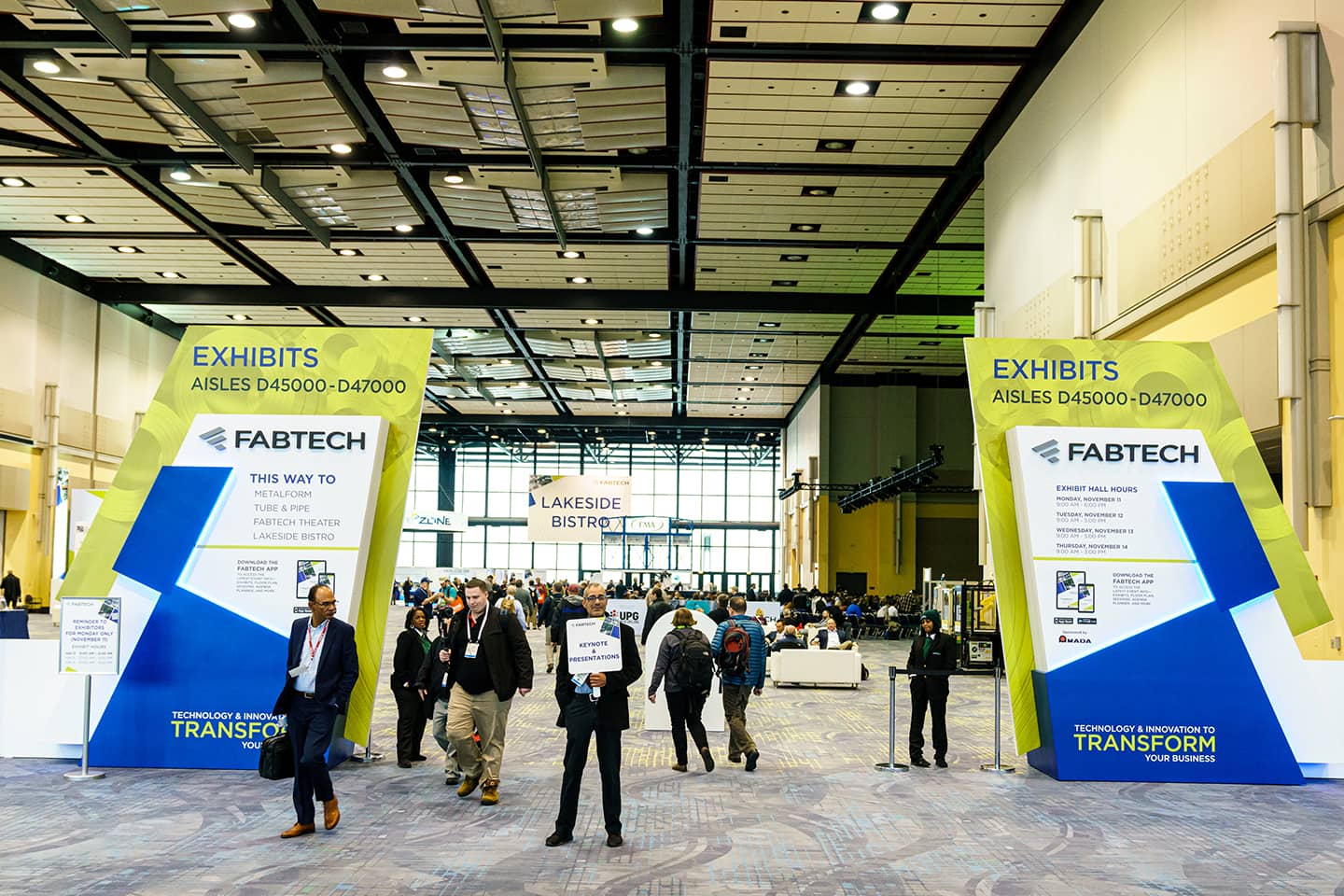Understanding Fixed Automation Welding
BY UGO OKWUAGWU, the Market Segment Manager at Tregaskiss, Windsor, Ontario, Canada; and Bernard, Beecher, Ill. Reprinted with permission: The AWS Welding Journal This process is most efficient when coupled with specific components and used on welds requiring repeatability When it comes to automating the welding process, many companies opt for robotic welding systems due to the flexibility they provide and their ability to reach and weld multiple joints. These systems offer the advantages of speed and accuracy and can be reprogrammed to manage new projects. But these robotic systems aren’t right for every application. In industries such as oil and gas, railcar, structural steel fabrication, and shipbuilding, joint configurations are often less complex, consisting of a single part to be welded as opposed to full assemblies. In this case, fixed automation welding is generally preferred. About Fixed Automation Welding Fixed automation welding, sometimes called hard automation welding, is commonly used for joining pipes, structural beams, tanks, and vessels in a shop environment prior to them being moved to the jobsite where they will be placed into service — Fig. 1. It can also be used for welding steel plates for the general fabrication industry or in the manufacturing of hot water heaters and propane tanks. One common factor in these applications is the need for either longitudinal or circular (inside or outside diameter) welds that require repeatability as opposed to versatility. Other factors that make applications suitable for fixed automation welding include the following:- A high volume of similar parts with low variety,
- Large parts with very long welds or several similar welds, and
- Large parts that would be difficult to weld manually.















